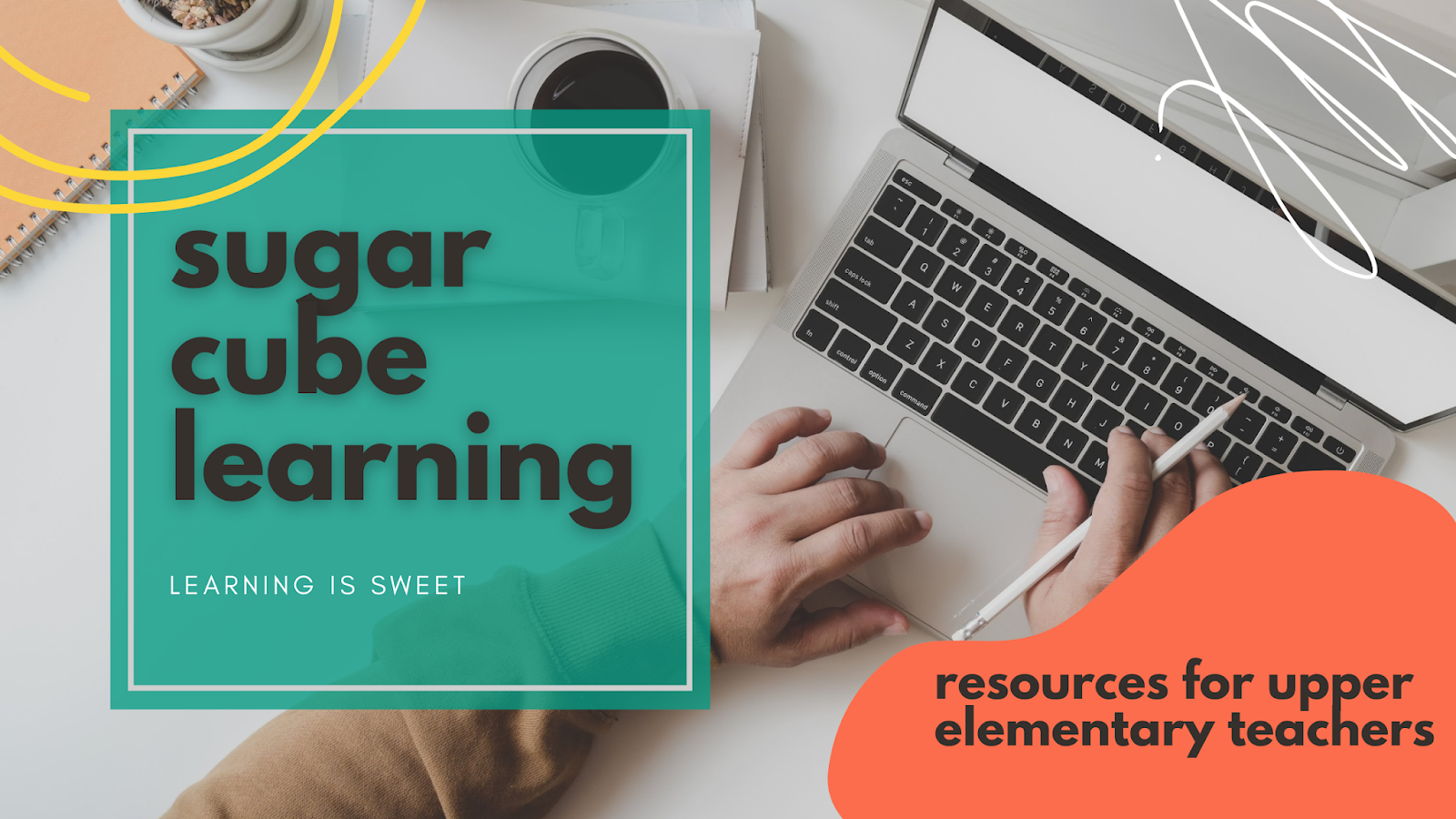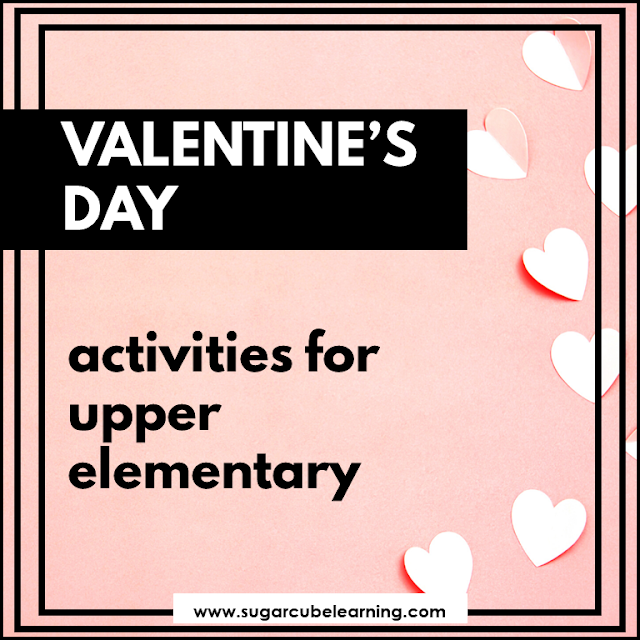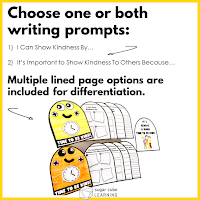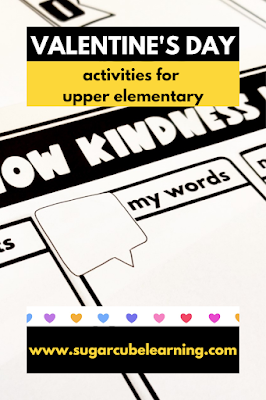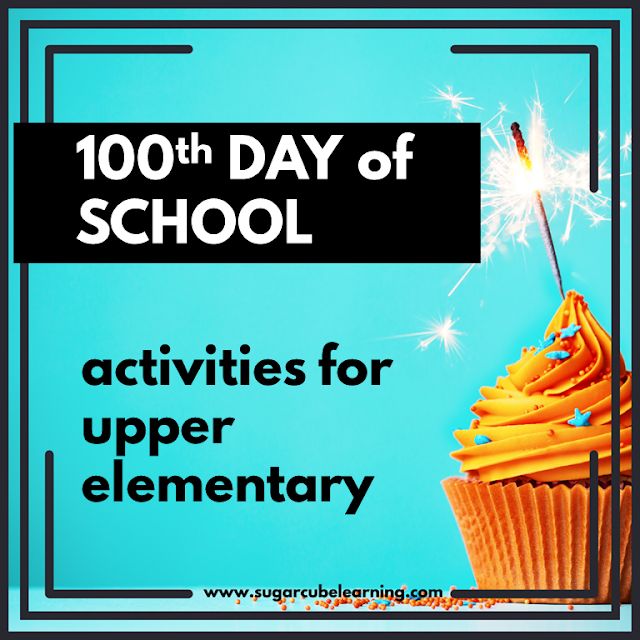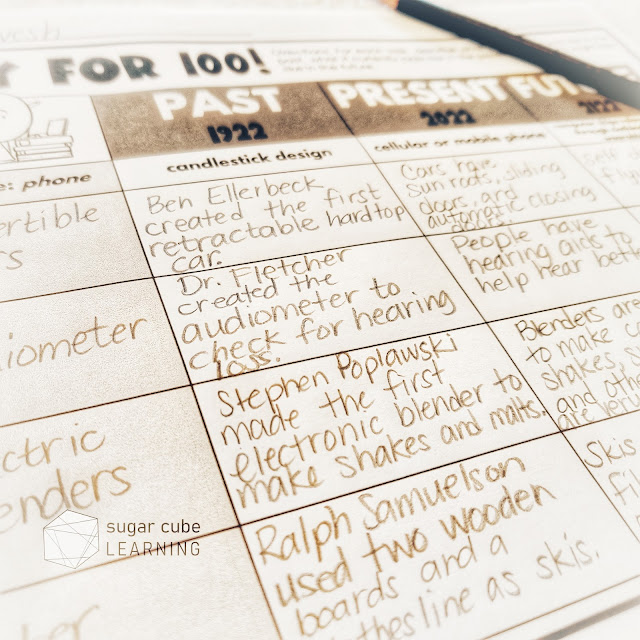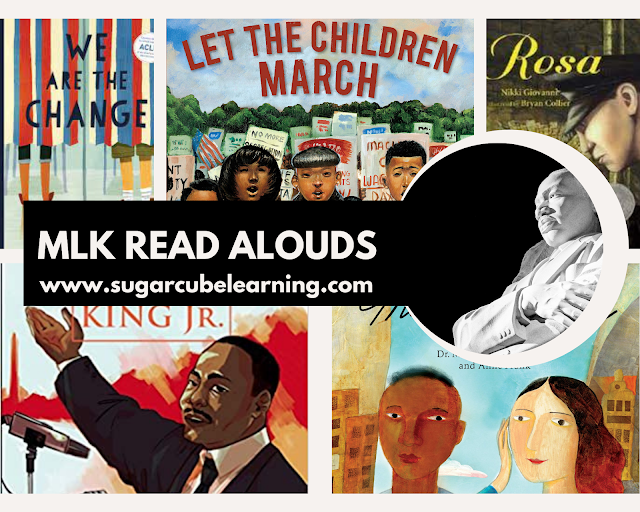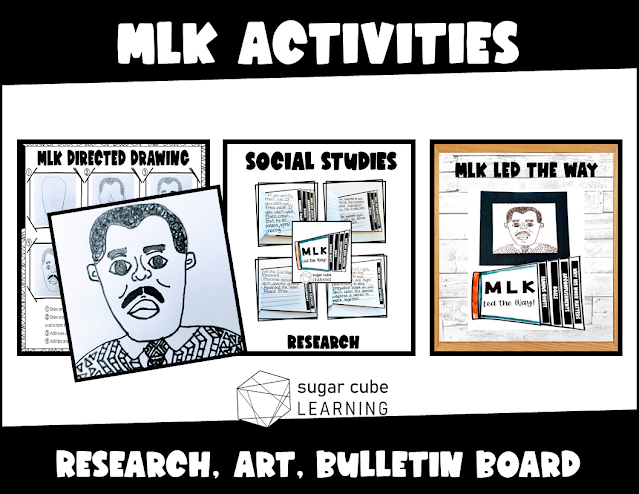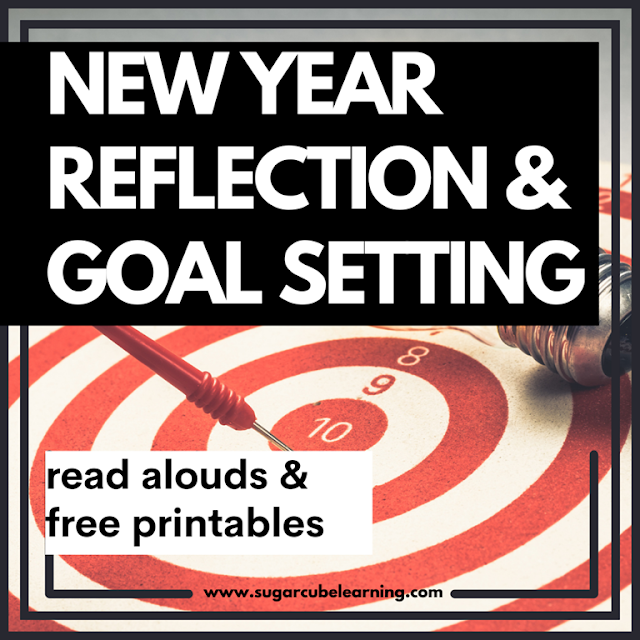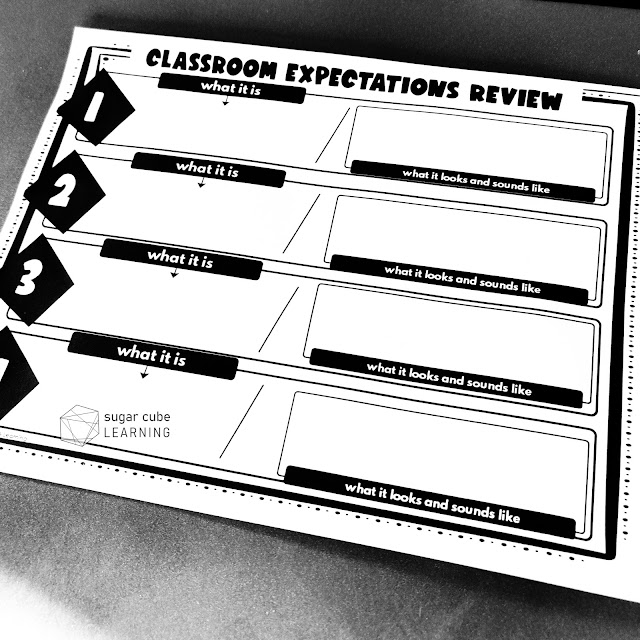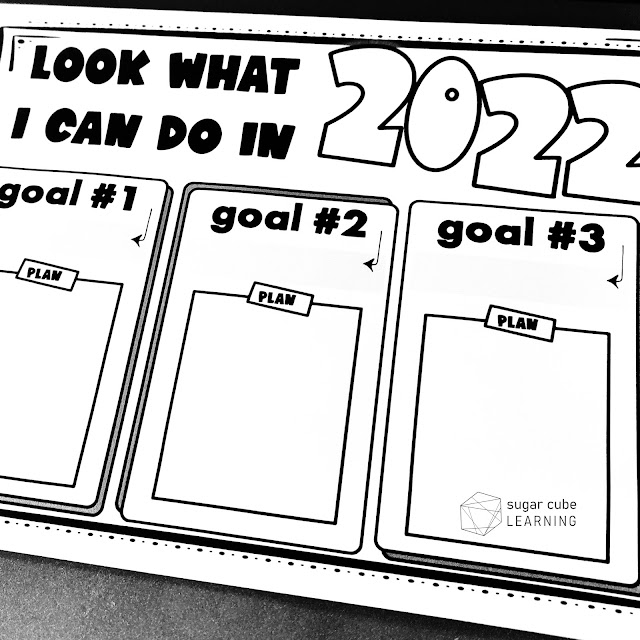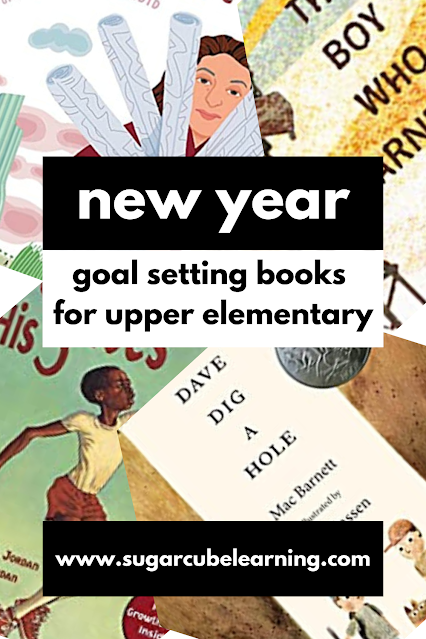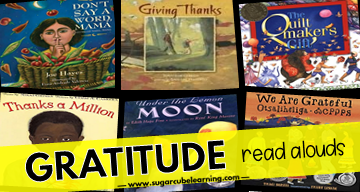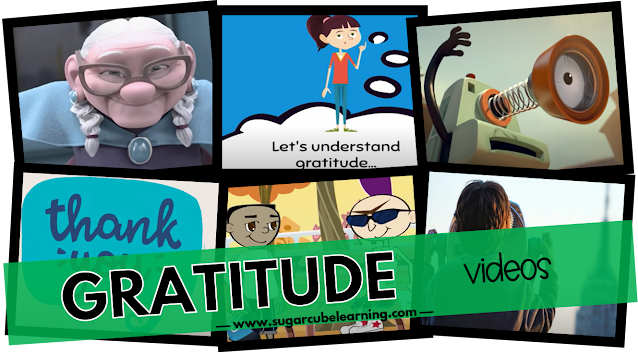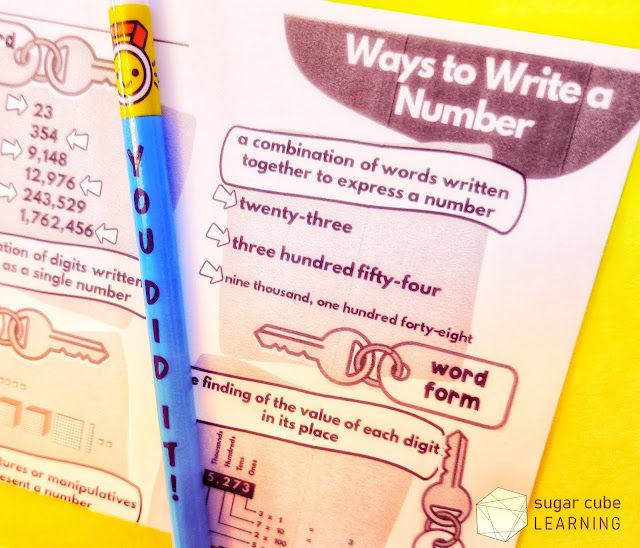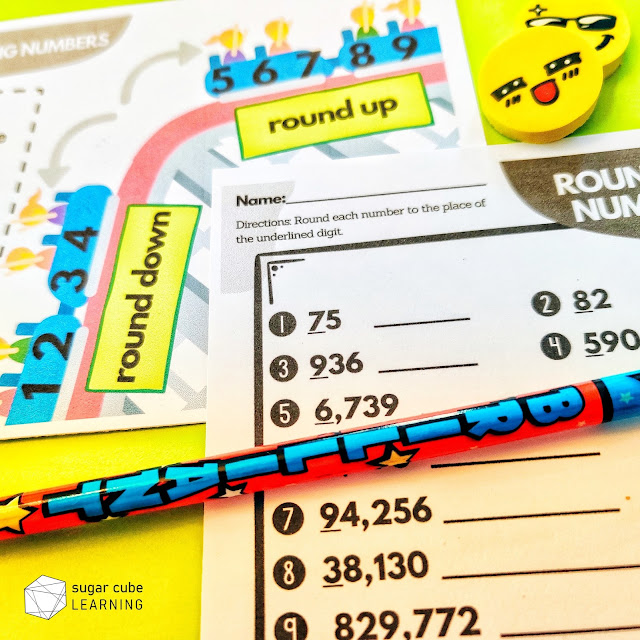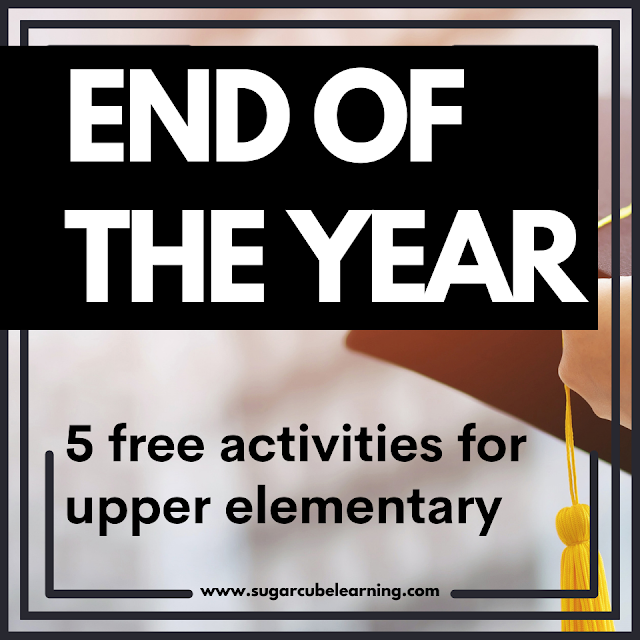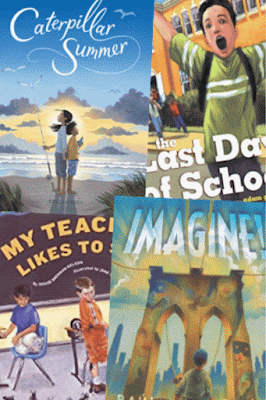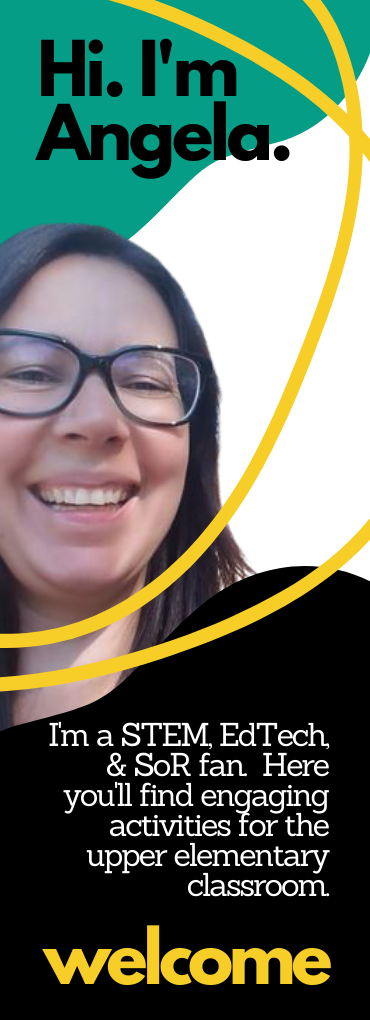Understanding place value can be tricky for a lot of students. I always thought beginning the year with a unit on geometry sounded more fun and less daunting. But no, it's off to the races with rounding, expanded form, and finding the worth of the underlined digit. Today I'll show you how to make teaching place value less frustrating by providing read aloud suggestions, anchor charts, and FREE hands-on activities your students can use to reinforce those place value skills.
Place Value: Basics
What is place value? Before working with place value charts, students should have had multiple opportunities working with ten frames and double ten frames to cement how our counting system is based on groups of ten. This will later help them understand how numbers in a place value chart are ten times greater than the place to its right, among other things. Next, help them realize how these groupings can be manipulated within 100s and 1000s. They are all connected. Use of base ten blocks, coins/dollars, and disks can help make these hands-on connections when teaching place value.
Students often get confused between the place of a digit and its value. The place of a digit is the place it occupies on a place value chart (ones/tens/hundreds, etc.). The value of a digit is how much it is worth depending on its place within the chart. For example: in the number 2,698, the 2 is located in the thousands place. Two groups of a thousand is worth 2,000. I often times found myself asking my students if they would rather have $10 to spend on video games or $100. Moving the 1 from the tens to the hundreds place gives them ten times the amount of money to spend, so it is important for them to manipulate numbers within a chart to see how the worth changes; because I'm guessing most kids would rather have the greater amount of money.💰 You can grab my "Would You Rather" and Place Value Charts free at the end of this post.
Place Value: Ways to Write Numbers
Just as there are several ways to represent numbers with manipulatives, there are also numerous ways to write numbers: standard form, word form, expanded form, base-ten form, and expanded notation to name a few.
Standard and word form go hand in hand; the number in digit form and the number written in words. The tricky part of writing numbers in word form is making sure students can read large numbers correctly. Knowing the periods of the numbers helps (ones/thousands/millions). Base ten form is accomplished by using objects to represent ones, tens, hundreds, etc. The easiest is using base ten blocks, but I've seen students use dots, sticks, and more in their representations to represent the digits and values. Both expanded form and expanded notation work with finding the values of each digit in its corresponding place. When teaching place value, I think focusing on expanded form is the most beneficial because it helps students differentiate between a digit's place and its worth.
Place Value: Expanded Form Why is important to understand expanded form when teaching place value? First, it allows students to look at a number and identify the value of each digit. 867 written in expanded form is 800+60+7. When splitting a number into its parts, kids can better see how using the digits 0, 1, 2, and 3 can come together to make multi-digit numbers with varying values. 320,102 and 312 are just two combinations using those digits but have a tremendous difference in value/worth. Labeling (and drawing) the value of each digit is beneficial so students don't make simple errors such as writing the number 102 as 1002. If it is understood that 102 is 1 group of a hundred, 0 groups of ten, and 2 ones, the child would not read it as 1002 , since there are no thousands labeled.
Secondly, understanding expanded form will benefit students in later units such as addition and decimals. Using expanded form in these instances will help reinforce the combining of like places. Drawing and labeling the expanded form will also help students compose more easily. When working with decimals, writing the number in expanded form will help kids visualize the tenths, hundredths, thousandths places. 5.72 would be written as 5+ .7 + .02 (5 whole + 7 tenths + 2 hundredths). Using bills and coins is another great way to help students expand numbers and aid in decimal understanding. Expanded form is so important when teaching place value, I'd encourage students to practice place value concepts year round.
Place Value: Rounding
Easier said than done, rounding is so important for mental math, but seems to stump kids a lot. Which is easier, adding 200+400+300, or combining 185+432+313? Rounding gets you in the ballpark of the correct answer without having to spend precious time trying to group compatible numbers in your head and find the exact answer. When rounding to a place that isn't the largest place value usually is where students have the most difficulties, so make sure you have lots of number lines visible so students can see where a number falls within its lower and upper constraints. I always ask, "Is this number closer to _____________, or closer to _____________? You can grab a free rounding poster and worksheet at the end of this post.
Place Value: Review Activity (task cards or game)
One way to wrap up your place value unit is with a fun game that reviews several place value concepts. The following activity asks students to complete the questions alongside the player at bat, and then have them compare answers in order to advance. In this fashion, struggling students have an opportunity to gather insight or provide input before moving on to the next question. You can grab a free copy of the review game at the end of this post.
Place Value Read Alouds
Note: The following are Amazon affiliate links which help maintain this website at no cost to you. Thank you for your consideration.
A Million Dots by Andrew Clements will have your students reading and writing large numbers all the way up to a million. This book will be useful when discussing expanded form.
On Beyond a Million by David Schwartz explains how numbers can grow quickly when working with powers of ten.
Place Value by David Adler examines how the value of a number changes significantly depending on its place.
The Power of Ten by Judy Newhoff explores the base ten system, the importance of zeroes, and the power of the decimal point.
Zero the Hero by Joan Holub focuses on the importance of the number zero and why it's critical for building a number system based in tens.
Place Value Videos
Note: These videos are not my own, but may be useful when teaching place value to your students.
Place Value Manipulatives
Note: The following are Amazon affiliate links which help maintain this website at no cost to you. Thank you for your consideration.
Place Value Flip Chart -
useful for kids to see the different place value periods, reading numbers, and making the smallest and largest numbers
Teaching Place Value: Free Printables
Teaching place value is critical because it is the foundational building blocks that so many other mathematical concepts are based. Using hands on components as much as possible will be appreciated by your students. Songs, videos, read alouds and manipulatives are incredibly useful when teaching place value. I hope you have gathered some new ideas for teaching place value from this post. If you are interested in the free printables seen here, enter your details below and I'd be happy to send them your way.
Teaching Place Value: Save These Pins For Later
